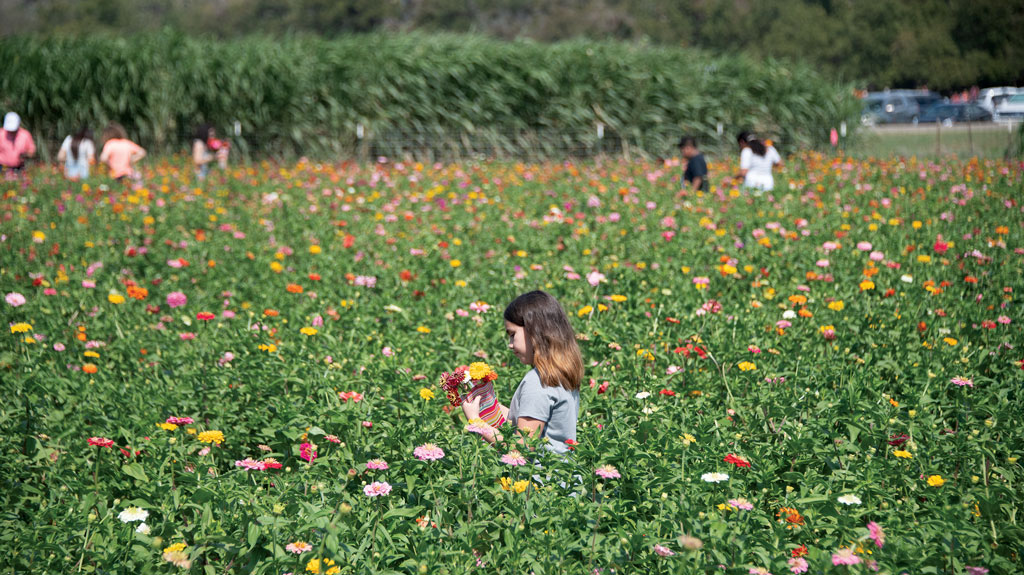
The Texas A&M AgriLife Extension recommends several variety of carrots to grow. See below for the list.
First (no, we aren’t going to say mulch, mulch, mulch — later though), it’s time to start a new journal for your outdoor adventures. Anything from a Big Chief tablet to a leather-bound journal will work. We would like to encourage you to keep track of what you are planting, where, and when. What is successful for you, your soil, and sunlight conditions.
OUTDOOR BURNING/FIRE
Now that winter is here, many will be burning brush piles (outside of the city limits). We wanted to cover the steps that should be taken and go over favorable conditions for burns. Note that prescribed burns are a different routine, beginning with a prescription and plan. If you are considering a prescribed burn, according to the Texas Commission on Environmental Quality, “notify the Texas A&M Forest Service before carrying out any prescribed or controlled burns that are intended for forest management.” And contact your local agent.
Before you start your personal burn, contact your local sheriff’s office. Someone there will ask for your name, contact number, and address. Although rain is an indicator, it is not the only variable to consider when judging whether to burn. Here are others:
1. How’s the wind blowing? According to the TCEQ, winds shouldn’t be less than 6 mph or more than 23 mph.
2. If the winds are 8-15 mph, the relative humidity needs to be 30-50 percent. Check with your local AgriLife Extension Office for specific weather condition requirement questions.
3. Outdoor burning should start after sunrise and be finished before sunset.
4. Never leave a fire unattended.
5. Make sure you have water, shovel, soil, and other means to control a fire.
6. Clear, by mowing or grading, at least a 6-foot circle around your burn pile.
7. A burn pile should only consist of brush, trimmings, untreated wood, or paper products. Black smoke means there is something in the pile that shouldn’t be.
AND NO BURNING ON RED FLAG DAYS!
According to the National Weather Service, “a Red Flag Warning means warm temperatures, very low humidities, and stronger winds are expected to combine to produce an increased risk of fire danger.”
Our counties are under the Austin/San Antonio region. For further questions regarding Red Flag Days, call (830) 629-0130 or or visit weather.gov/ewx/fire.
CARROTS
Carrots are hardy and can be planted from July to February. According to the Texas A&M AgriLife Extension, “carrot varieties that do best in Texas include: Danvers 126, Danvers Half Long, Imperator 58, Nantes, Nantes Half Long, Red Core Chantenay, Royal Chantenay, Scarlet Nantes, and Sugar Snax.”
You can even plant purple carrots. Wouldn’t that surprise the rabbits?
The most important part about planting carrots is to make sure the soil to a 12-inch depth is free of all rocks. Carrots will grow around anything they come across beneath the surface, potentially leaving you with curly produce at harvest time.
Carrot seed takes about 14-21 days to sprout and should be ready for harvesting 70-80 days later. Since we have through February to plant, we suggest staggering your planting. For instance: Plant one row this week, the next row next week. That way, you’ll have carrots to harvest for five to six weeks.
Once carrot tops are about 4 inches in height, thin your carrots to 2 inches apart. As they continue to grow, you might want to thin them to 4 inches apart. (Generally, these young carrots are ready to eat.) Water as necessary to 3 inches deep.
You can plant carrots with beans, chives, coriander, cucumber, dill, fruit trees, leeks, lettuce, marjoram, onion, radish, rue, and yarrow. Just don’t plant them near parsnips.
JANUARY DUTIES
1. Plant vegetables: Artichoke crowns, asparagus crowns, broccoli, cabbage, lettuce, and spinach. You can still plant strawberries and herbs such as chervil, chives, cilantro, oregano, parsley, rosemary, sage, and thyme.
2. Start selecting onion sets and get them into the ground.
3. For flowers, plant sweet alyssum, ornamental cabbage and kale, Johnny jump-ups, pansies (faceless is one of our favorites), snapdragons, violas, and stock.
4. If you are blessed enough to have a greenhouse or cold flats, start tomato seeds indoors. A garage with a window or a windowsill in your home also will work. The optimum soil temperature for tomato seed germination is 70-80 degrees. Below 50 degrees or above 95 degrees drastically slows seed germination.
5. It’s time to spray fruit trees with dormant oil. Orange oil is good for this and safe for the environment.
6. Mulch, mulch, and more mulch. It’s cold out there.
Keep your souls and soles in your garden!
Remember the True Master Gardener: Jesus said, “I am the vine; my Father is the Gardener.” John 15:1
Call Bill Luedecke at The Luedecke Group Realtors at (512) 577-1463 or email him bill@texasland.net. Contact daughter Martelle at Luedecke Photography at (512) 769-3179 or luedeckephotography@gmail.com.











